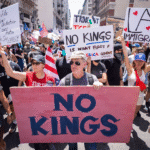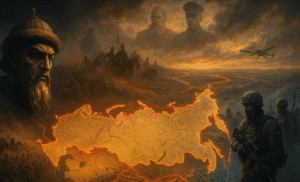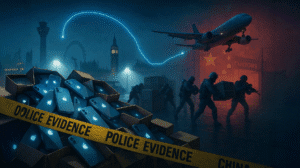The recent mass shooting on St. Helena Island in South Carolina did not merely disrupt a community gathering. It inflicted deep wounds on a historic Black enclave already facing structural and cultural threats. Four people were killed and over a dozen injured during a high school reunion at Willie’s Bar and Grill, a local establishment long embedded in community life. While the immediate violence has drawn national headlines, the long-term implications for the Gullah community demand closer examination.
Cultural Legacy and Longstanding Vulnerabilities
St. Helena Island is one of the most culturally significant Black communities in the United States. It is home to the Gullah people, descendants of West Africans who maintained strong cultural ties due to the region’s relative geographic isolation. Their distinct language, customs, and crafts form a living link to African diasporic heritage. According to reporting from the Associated Press, the Gullah population has preserved many of these traditions across generations despite enduring poverty, marginalization, and outside development pressures.
However, the community’s resilience is under constant strain. Gentrification, speculative land acquisition, and the impacts of climate change have steadily eroded both land ownership and cultural cohesion. In this fragile context, a mass shooting is not merely a public safety issue. It becomes part of a larger pattern of systemic destabilization. The sudden eruption of violence magnifies the existing risks of cultural displacement and economic disruption.
Community Impact and Investigative Challenges
Law enforcement officials have indicated the shooting may have stemmed from a long-running local feud, with at least two individuals in the crowd exchanging gunfire. According to the Beaufort County Sheriff’s Office, investigators are reviewing forensic evidence and digital submissions from witnesses. No arrests have been made as of this writing. The FBI has joined the inquiry, emphasizing the seriousness of the case and the complexity of the investigation.
The scale of the event, with an estimated 700 attendees and over 20 injured, has left residents shaken. Many are fearful not just of repeat violence, but of the long-term erosion of trust in communal institutions. Studies have shown that mass shootings can cause lasting psychological trauma and reduce community engagement, especially in tightly knit or economically vulnerable areas. In a locale where cultural preservation depends on tourism, small business activity, and community pride, such trauma could have far-reaching economic and social consequences.
The Broader Questions of Justice and Preservation
The St. Helena shooting underscores several urgent policy questions. First, the criminal investigation must be handled with precision and transparency to avoid fueling distrust. Misinformation and speculation could deepen divisions within a small population.
Second, prevention efforts must move beyond reactive policing. Community-based violence intervention, mental health services, and youth outreach programs have proven effective in reducing gun violence in other regions. Such tools may be especially relevant in areas where law enforcement capacity is limited and social bonds are strong.
Finally, this event brings renewed urgency to protect historic Black communities from systemic neglect. Cultural preservation cannot occur in isolation from broader investments in safety, infrastructure, and economic opportunity. Without sustained support, tragedies like this may push vulnerable communities further toward decline.
A Final Note
The mass shooting on St. Helena Island represents more than a local tragedy. It is a test of how the nation responds when a community that embodies centuries of Black history and cultural endurance is placed at the intersection of violence, neglect, and displacement. What follows will speak volumes about the country’s commitment to justice, not only in criminal accountability, but in sustaining the lives and legacies that define its cultural fabric.














